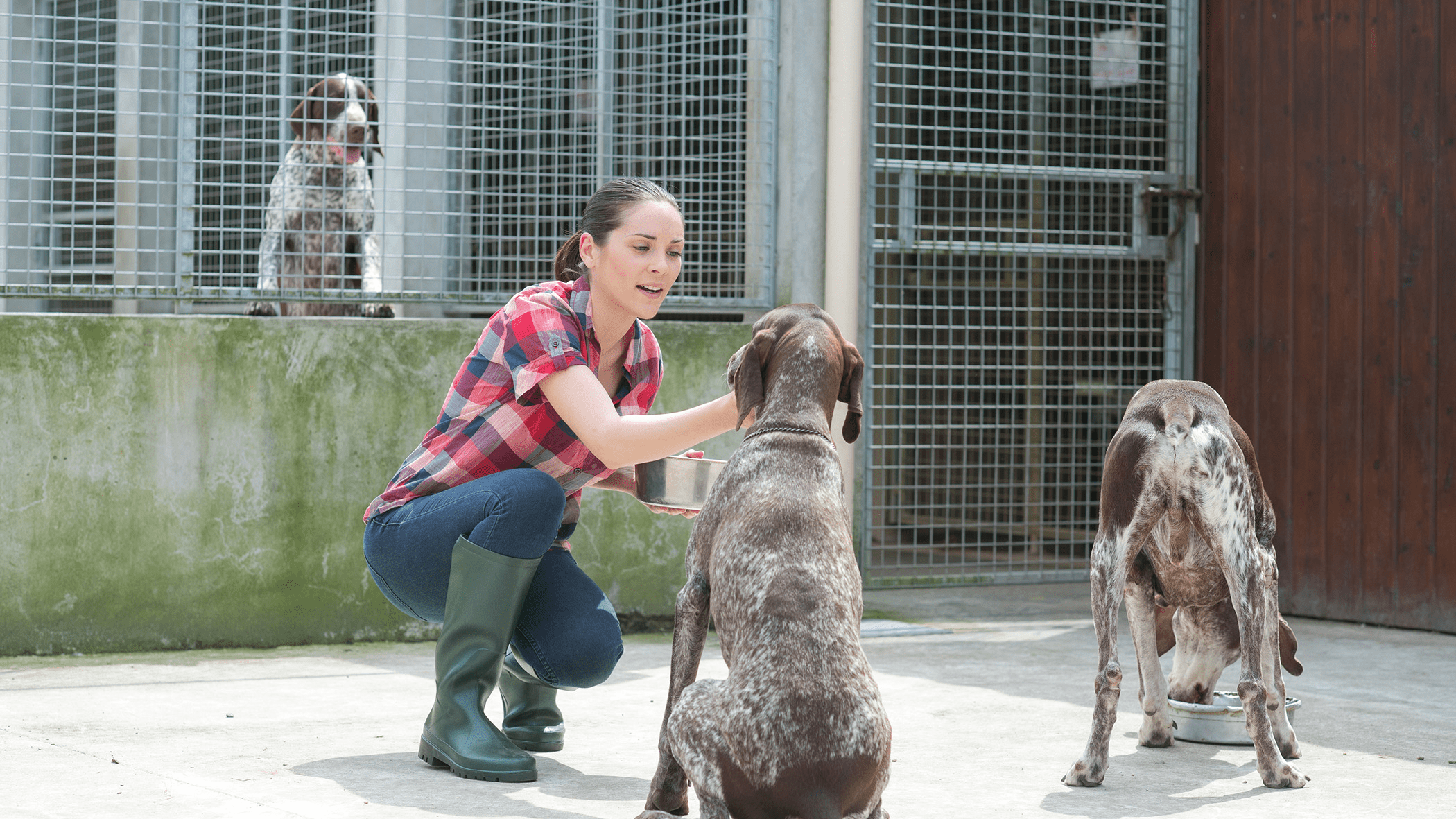Licensee and Registrant Responsibilities: Providing Adequate Veterinary Care
Last Modified: February 18, 2024

Facilities that are regulated under the Animal Welfare Act are required to do their part to ensure the provision of adequate veterinary care.
Licensee and Registrant Responsibilities
Our regulations require licensees and registrants to:
- Hire an attending veterinarian under formal arrangements. Formal arrangements may be as extensive as a traditional contract for full time employment or as simple as a written statement acknowledging the role of the attending veterinarian. Many times, a statement regarding the role of the attending veterinarian is included as part of the written program of veterinary care.
- Provide the attending veterinarian with sufficient authority to ensure the provision of adequate veterinary care for the animals and to oversee all other areas of animal care and use. This includes both communicating with the attending veterinarian about all issues related to animal health, behavior and well-being; and also following the AV’s directions for medical care, husbandry, and other aspects of animal use.
- Establish and follow programs of adequate of veterinary care to prevent, control, diagnose, and treat diseases and injuries. Programs will vary by facility; however, they typically include parasite control measures, injury care, disease treatment, proper use and administration of vaccines, pest and vector control measures, nutrition, and reproduction. For dogs, this also includes coordinating annual veterinary physical examinations.
- Perform daily observation of all animals to assess health and well-being.
- Provide appropriate facilities and equipment for adequate veterinary care. These may include such considerations as an appropriate area for the quarantine of new animals, the isolation and treatment of sick animals, and measures for the appropriate storage of medications and vaccines.
- Establish care plans for pre-procedural and post-procedural care and for observing animals on weekends, holidays, and in emergencies.
- Ensure that they have appropriate guidance and provide training to personnel who are performing any kind of immobilization, anesthesia, analgesia, tranquilization, euthanasia, or other veterinary medical procedures.
It is up to the attending veterinarian to make determinations regarding which, if any, veterinary medical procedures may be conducted by facility personnel. If the attending veterinarian determines that it is appropriate, they should also be providing detailed guidance on any procedures they approve. This guidance is typically documented in the written program of veterinary care. Note: It is not a requirement for facilities to be able to use or have access to anesthesia or tranquilizers. In fact, most facilities do not have the use of these medications without having a veterinarian present. - Work with their attending veterinarian to develop a written program of veterinary care for dogs and/or in the case of a part-time attending veterinarian or consultant arrangement. Licensees and registrants are required to follow all instructions in the written program of veterinary care.

